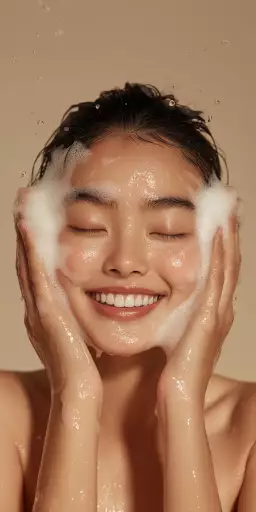Explore the Best AI Image Gallery

Beyond the Canvas: How IoT is Reshaping the Creative Landscape
The lines between the physical and digital worlds are blurring at an unprecedented rate, with the Internet of Things (IoT) playing a pivotal role in this transformation. While smart homes have become increasingly common, offering convenience and efficiency, their impact extends far beyond daily living. In the realm of creativity, IoT is emerging as a powerful tool, revolutionizing how artists, designers, and innovators conceptualize, create, and experience art.
A Symphony of Connected Objects: Applications in the Creative Industry
IoTs influence on the creative industry is multifaceted, spanning various disciplines:
- Interactive Installations: Imagine a sculpture that reacts to your presence, changing color or shape based on your movements. IoT sensors embedded in artwork can capture real-time data, translating it into dynamic visual or auditory experiences. This creates immersive and participatory art forms that blur the line between observer and participant.
- Responsive Environments: Smart homes can become canvases for artistic expression. Imagine walls that transform into projections, responding to music or the mood of the inhabitants. IoT-enabled lighting systems can create mesmerizing patterns and color palettes, enhancing the atmosphere and emotional impact of a space.
- Wearable Art: Clothing and accessories integrated with sensors and displays offer new possibilities for self-expression. Imagine a dress that lights up in sync with your heartbeat or a necklace that projects personalized messages. This fusion of fashion and technology allows wearers to become living art pieces, blurring the boundaries between body and design.
Ethical Considerations: Navigating Uncharted Territory
As IoT increasingly permeates our lives, ethical considerations come to the forefront in the creative realm:
- Data Privacy: Creative applications often collect user data to personalize experiences. Its crucial to ensure transparent data collection practices, obtain informed consent, and protect user privacy.
- Algorithmic Bias: AI algorithms used in creative processes can inherit biases from the data they are trained on. This can result in discriminatory or unfair outcomes. Its essential to develop ethical frameworks and ensure algorithmic transparency to mitigate bias.
- Ownership and Authorship: When AI systems contribute to creative works, questions arise about authorship and intellectual property rights. Legal and societal norms need to evolve to address these complexities.
Future Trends: A Glimpse into the Next Frontier
The convergence of IoT, artificial intelligence (AI), and virtual reality (VR) promises exciting future developments in creative fields:
- AI-powered Co-creation: Imagine collaborating with AI agents that assist in brainstorming ideas, generating artwork, or composing music. This can lead to innovative breakthroughs and expand creative possibilities.
- Immersive Creative Experiences: VR environments will become increasingly sophisticated, enabling artists to create multisensory experiences that transport viewers to new worlds. Interactive installations within VR spaces will further blur the lines between reality and imagination.
- Personalized Creativity: IoT-enabled tools will empower individuals to express their creativity in unique ways. Imagine personalized art generators that tailor creations based on user preferences or AI tutors that provide customized guidance.
Conclusion
The integration of IoT into smart homes is ushering in a new era for creativity, empowering artists, designers, and innovators to push boundaries and explore uncharted territories. As technology continues to evolve, we can expect even more transformative applications that redefine our understanding of art and its potential.
](https://images.ai-img.art/thumbnails/150/4289d1230b86a96c4d556636c3167bed0ef38f850826549517e4e45db4d87bf7.webp)







](https://images.ai-img.art/thumbnails/150/f9584153b4cddd8c9fab611dc10247549b275c59bc173251e37d0935874f9deb.webp)










](https://images.ai-img.art/thumbnails/150/008b5d5d49667cc2e93a5f8a8adfaa545963da99c39ff0901f5296294636400d.webp)
](https://images.ai-img.art/thumbnails/150/bddf3ae4a232290858389b933c866ad3be429ef2e25c23a9f4d7713ed6e44d0b.webp)













](https://images.ai-img.art/thumbnails/150/f67d9af3398150f2ab1bcf250717fea134275e2ca896252b54a4d9bb3719f9ac.webp)





](https://images.ai-img.art/thumbnails/150/c2c9c48b38fae37f0a457b80b084ed01ba803810fc8f488c8f610c03abc74049.webp)
